Description
Helping Dairies Prosper and Expand
Dairies that prosper and expand have better managed the four obstacles listed below. Those obstacles have become more technical and complicated and increasingly regulated by the Environmental Protection Agency’s (EPA) 2008 Concentrated Animal Feeding Operations Rule.
- Increased Manure Storage Obstacle
- Odor Control Obstacle
- Rainwater Mitigation Obstacle
- Bio-gas Reduction Obstacle
The goal is to have a dairy lagoon that:
- Is biologically active.
- Has little or no crust on the surface.
- Keeps solids suspended in slurry.
- Doesn’t emit unhealthy gases.
- Can be emptied with a pump.
The Dairy Lagoon Challenge
Dairies have been investing in mechanical devices or physical processes that require energy costs and increased labor both of which are too costly for the small farmer and hurts profits for the large farmers. Dairies have also allowed their lagoons to form a crust at the surface to trap unwanted odors from escaping. Lagoons can be kept in slurry without crusting on the surface, sides, and bottom without emitting odors through bioaugmentation.
Dairy manure lagoons are inherently anaerobic (lack oxygen) and therefore the raw bacteria that is present stops working due to the absence of oxygen. Solids, if left on their own, don’t decompose in dairy waste lagoons. As a result, degradation must occur under septic conditions which are slow, odorous, and yield incomplete conversions of waste.
The biological processes working in septic conditions convert hydrogen and sulfur to form hydrogen sulfide and transform carbon into methane. That’s not all. Other carbon will be converted to organic acids that create low pH conditions in the basin and make the water more difficult to treat. That is a problem because those low pH conditions promote odors. That’s when neighbors start to complain and employees have unhealthy work environments. It has also triggered California to require dairies to reduce methane releases from lagoons by 40%.
Animal waste will only partially decompose on its own. What does not decompose either floats and forms a solid crust or sinks to the bottom and stops decomposing. Partially decomposed waste will also stick to the sides of lagoons. This causes your lagoon to continuously get smaller unless BioKix Dairy Lagoon Waste Treatment Bacillus is used to more fully decompose the waste.
Deep accumulations of sludge on the lagoon floors and sides caused by non-treatment require frequent removal by tractors or the lagoon will become too small to hold the amount of waste coming in. Those removed solids have to be stored elsewhere on the farm but by using BioKix Dairy Lagoon Waste Treatment Bacillus, it can instead be pumped out of your lagoon to help irrigate crops with a nutrient rich slurry that has far less odor.
Manure lagoons need bacteria having specific strains of microbes that are very effective in degrading difficult swine and dairy waste, including cellulosic materials and whey. Treated lagoons with specially selected bacillus will maintain liquid slurry, break up and prevent build-up of solids and reduce nitrates.
BioKix Dairy Lagoon Waste Treatment Bacillus has six strains with three different species containing two strains each. The specific number of strains was determined in order to provide the most complete, robust product possible. It has the best genus, species, and strains of bacteria and therefore will better enhance BOD/COD removal, reduce solids and gases, reduce sludge bulking, increase pit capacity, keep waste flowable and liquefied. As a result, dairy management becomes easier, requires less labor and less energy consumption while using less capital equipment.
Since more than one species and strains are in the product they were selected to work well together and have different roles. Strength or potency is measured in colony forming units (CFUs).
Bacillus multiplies quickly with binary growth initially that increases to exponential growth and abundantly self-creates enzymes. As a result, BioKix products have the horsepower and the engineering to outperform alternatives and do it at less cost.
Manufacturing is done in a safe environment that protects employees and meets all governmental regulations. The manufacturing has 3rd party certification for Hazard Analysis Critical Control Points and complies with requirements for risk-based preventive controls mandated by FDA Food Safety Modernization Act’s (FSMA) modernized Current Good Manufacturing Practices (CGMPs).

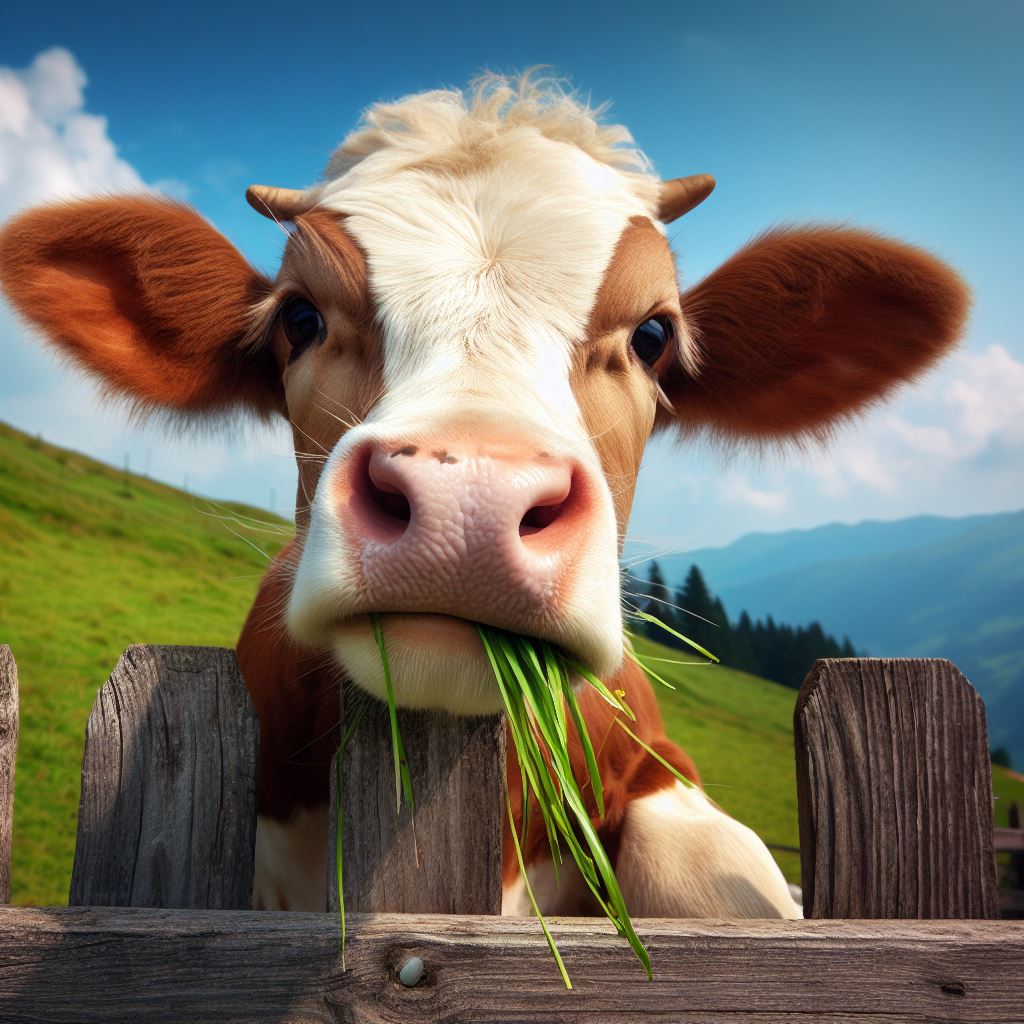
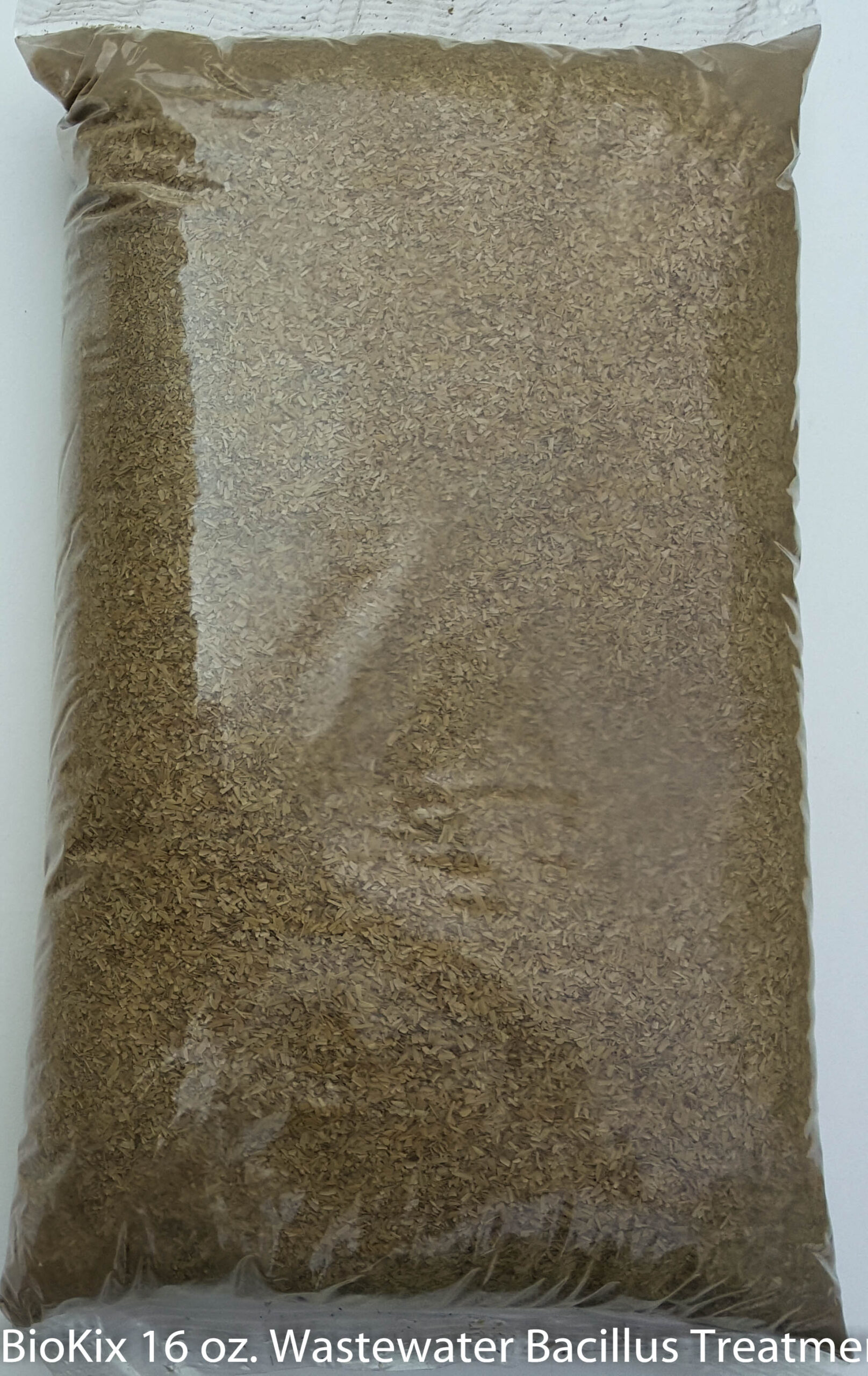
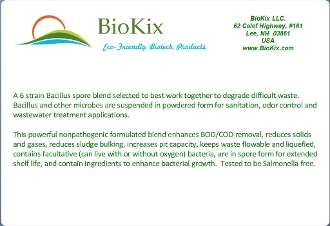
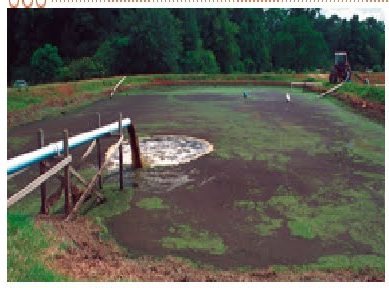
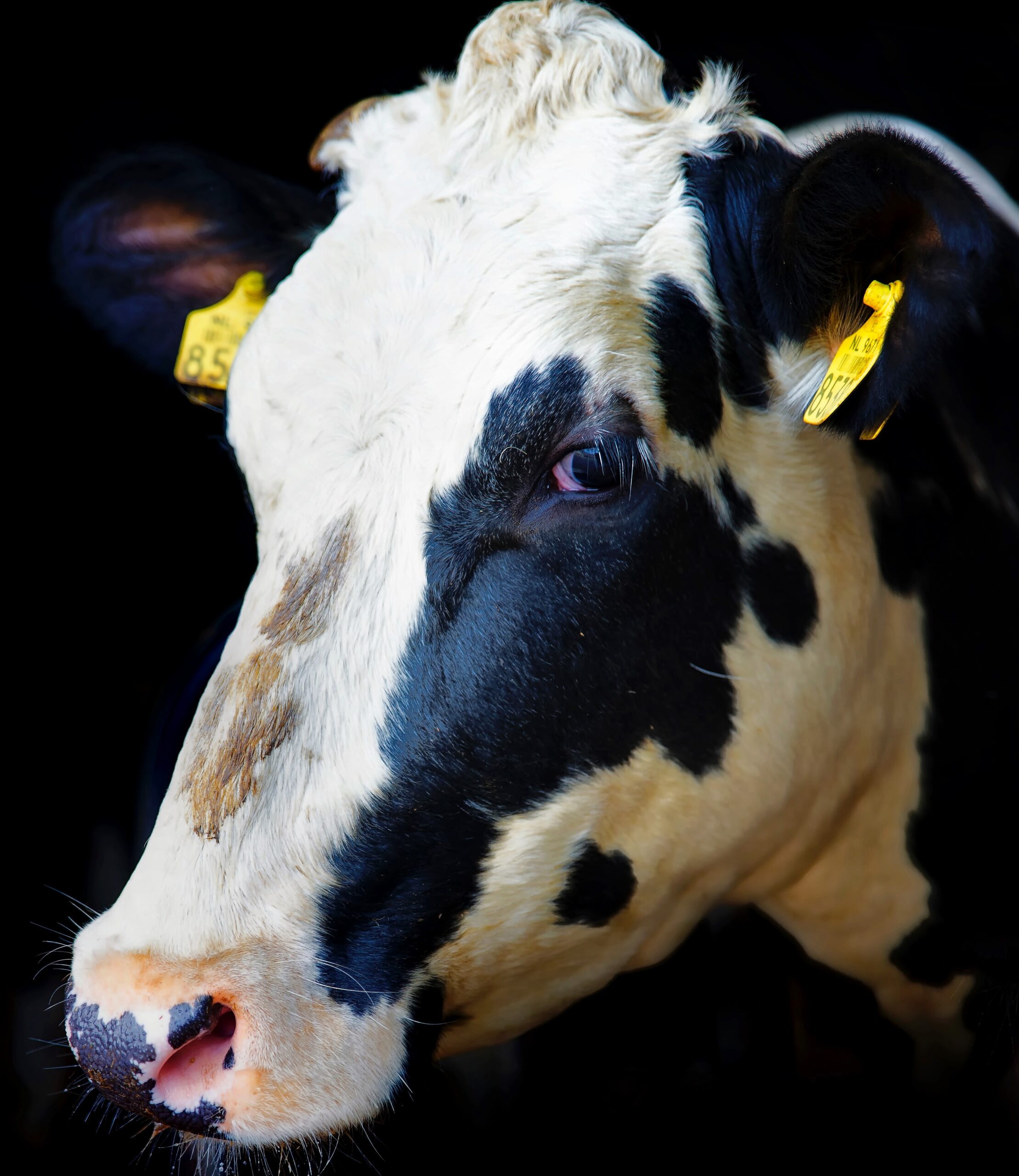

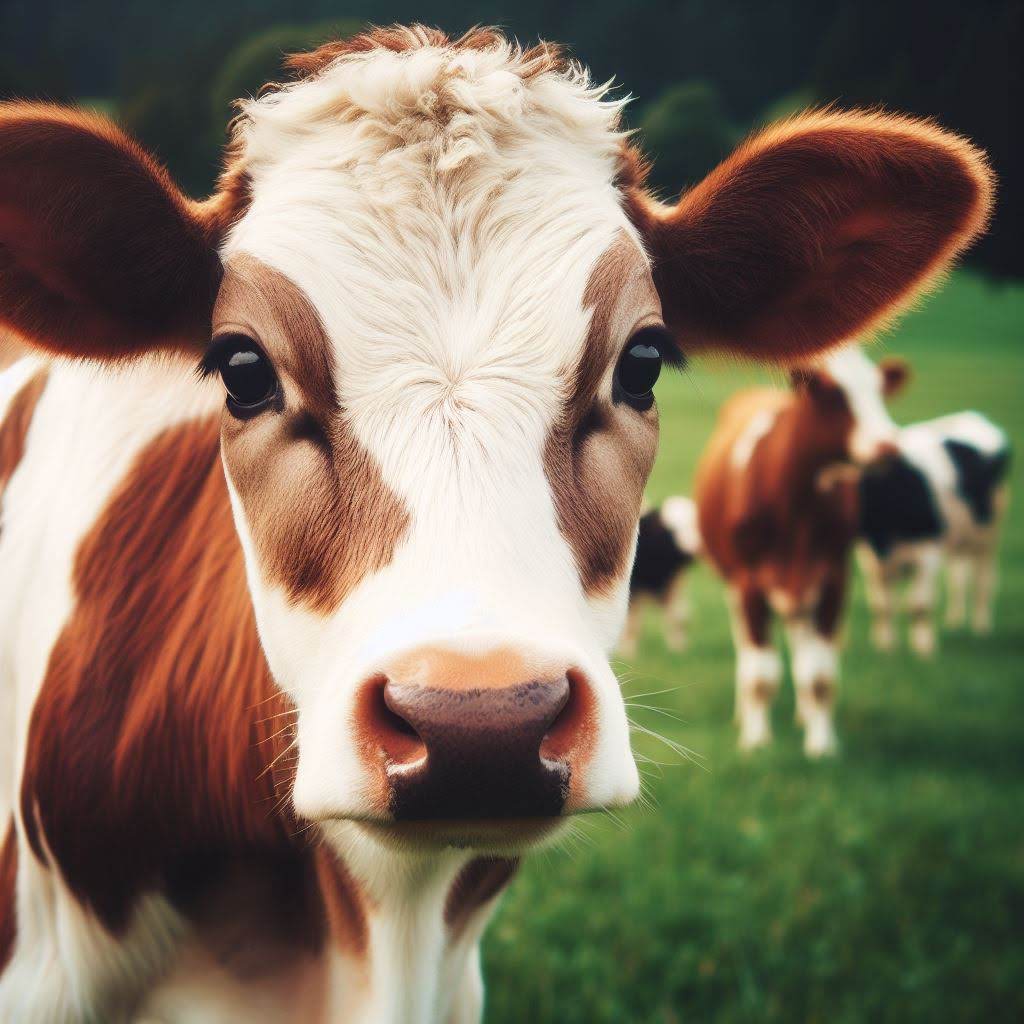

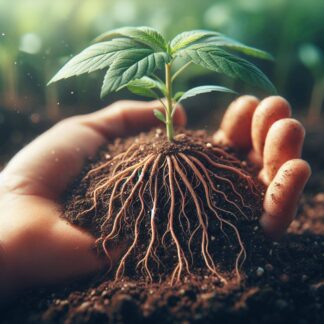
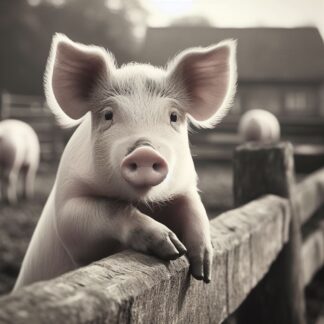
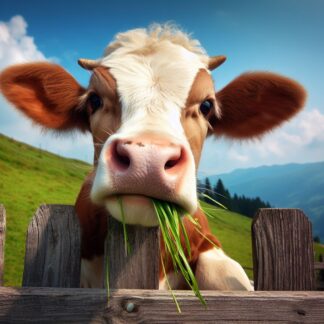
Reviews
There are no reviews yet.